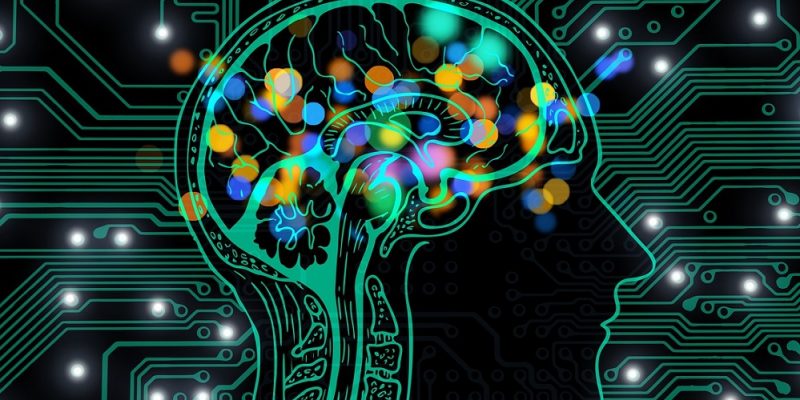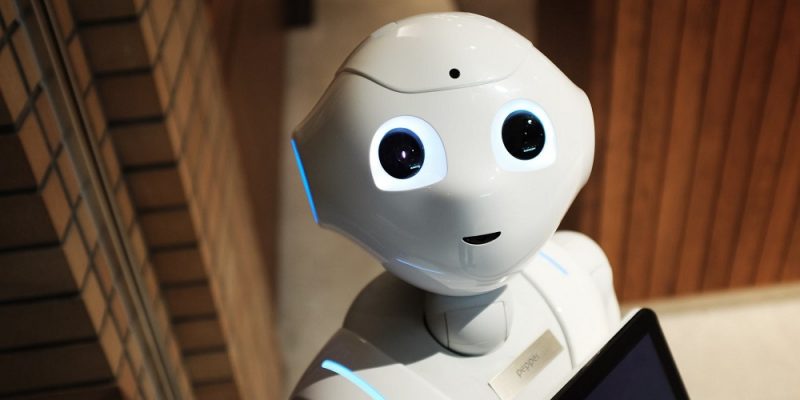 There is no easy fix to AI privacy problems
There is no easy fix to AI privacy problems
Artificial intelligence – more specifically, the machine learning (ML) subset of AI – has a number of privacy problems. Not only does ML require vast amounts of data for the training process, but the derived system is also provided with access to even greater volumes of data as part of the inference processing while in…


